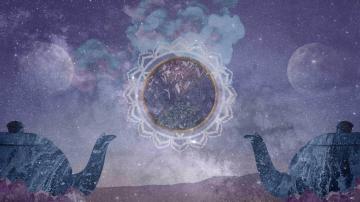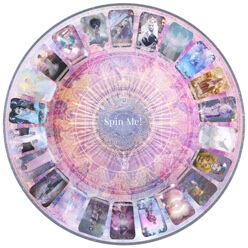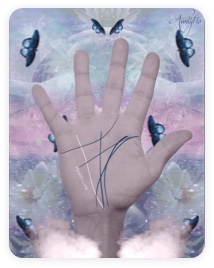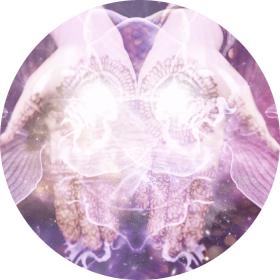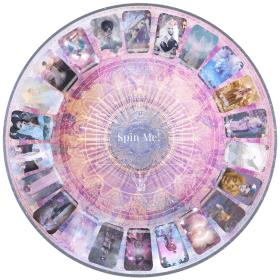What is Tasseography
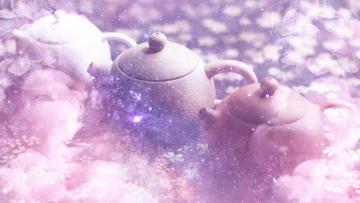
Uncover hidden tea leaf meanings
Tasseography is another, rather long sounding word for the most stereotypical kind of fortune telling.
Reading the future by looking into tea-leaves to see what pictures form. You almost certainly won't be astonished to know the exercise began with the Chinese, who'd drink their particular tea from glasses that bore a detailed resemblance for the- images they used in their particular religious occasions.
For that reason, the tea is known to have magical significance. The practice, generally seems to have lost it's favor lately, most likely due to the fact we presently drink our tea from mugs and use tea bags rather than loose tea.
Reading tea leaves has for centuries been a form of foretelling - looking into the future. Reading tea leaves is very similar to reading coffee grounds, in that during the 1930s loose tea was extremely popular. Due to this, often at the end of drinking the tea there would be a number of leaves left in the bottom.
Many people took pleasure in using this fortune-telling methodology in order to read their future. Tea leaf reading is quite easy to learn, anybody who has the patience to study the interpretations in the symbols can become quite an expert in a small space of time.
There is association that those that read the tea leaves are psychic in nature. You do not have to be psychic in order to read the tea leaves. Any type of liquid that is found within the bottom of the cup is normally removed so that only the leaves are present. It is true to say that even though tea leaf reading is not psychic in its own sense it often enables one to se various symbols in order to carry out divination. There are certain steps that need to be taken in order to read the tea leaves. These will be outlined below.
The first process of reading tea leaves is to think about the cup that will be employed. If the tea leaf cup has a wide mouth and sides then this is a great cup to use. A mug is not suggested because it is perpendicular at the top but too closed. Inside the teacup should be white and made of china in order to recognise the symbols. The different patterns that are created in the tea leaf cup are normally viewed better on a white background. A larger cup is preferred as this enables one to see more patterns. A breakfast cup is often suggested. The actual brand of tea leaf should also be considered before embarking on a reading. Make sure that the blend is not dusty and it will leave the tea leaves in the bottom of the cut intact. Undoubtably, the best brand of tea is Chinese in origin. This has been tested in the past and the pictures produced are especially defined.
The second phase of tea leaf reading is to actually drink your tea. Make sure that you drink from the cup until approximately 1 teaspoon of liquid is left in the bottom. The cup is then held in one’s left hand put on the saucer and moved three times in a circular motion anticlockwise during the mind should be focused and concentrated upon any particular issue. it is extremely important to leave the cup for at least one minute to enable the liquid to drain away into the saucer. This is generally the ritual in order to embark on a tea leaf reading. Looking at the curb once the water has completely drained is going to be rather interesting. Look at the pattern made by the tea leaves, you will be able to if you stare into the tea leaves for some time see a number of pictures and symbols. Each one will have a meaning which you can find in our A-Z tea leaf dictionary.
Sometimes the patterns of the leaves are just too confusing to interpret, if this happens it may be better to not carry out a reading. In every reading it is important to weigh up the different patterns and conditions within the cup. Try to read the interpretations of separate symbols and then join together if they appear next to each other. You will basically when interpreting the symbols separate the symbols into good and positive symbols and negative symbols.
It is important to strike a balance so that you can make sure that the fortune-telling is equal. In terms of the timing of such events found in the tea leafs It is important to understand that if symbols appear at the rim of the teacup then indicate these events likely to happen quickly.
If symbols are in the side position of the cup then this is an immediate issue in the tea drinkers life. Any symbol in the bottom indicates that these issues will be remote and take some time to come into fruitation. Again, the size of a symbol will also offer a clue to the importance. The smaller the symbol the less likely to affect the drinkers life.
Symbols of good omens include the following: anchor, angel, flowers, arc, Acorn, boot, birds, bouquet, bridge, ball, circle, corner, clover, cowl, crown, dove, daffodil, duck, eagle, elephant, fish, flowers, garland, horseshoe, oak, palm, ship, rose and sworn.
If you look at the tea leaf dictionary within this website you will see a complete overview of each symbol that may appear in your tea leaf cup. We can conclude that tea leaf reading should NOT be taken light. The symbols may be in contradiction with each other, and if this is the case one must try to interpret the most positive symbol. You should not carry out more than one breeding per week.
Negative symbols include the following: owl, mouse, monkey, black, bat, hourglass, skull, devil, death, snake, crosses, squares, swords, shipwreck, Raven, kick dagger, drum, coughing, clouds, flagged bat.
We wish you luck on reading the tea leaves them please use our A-Z guide.
By Florance Saul
Nov 18, 2012

